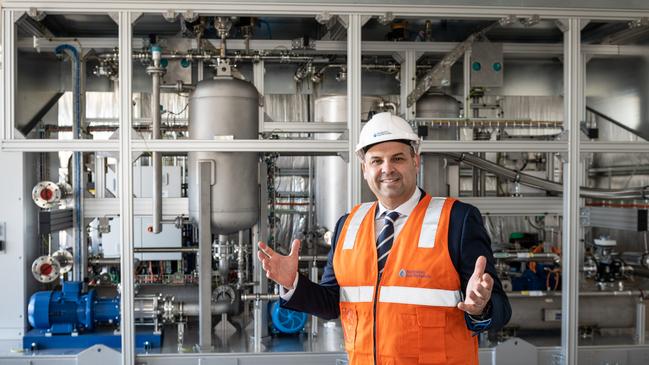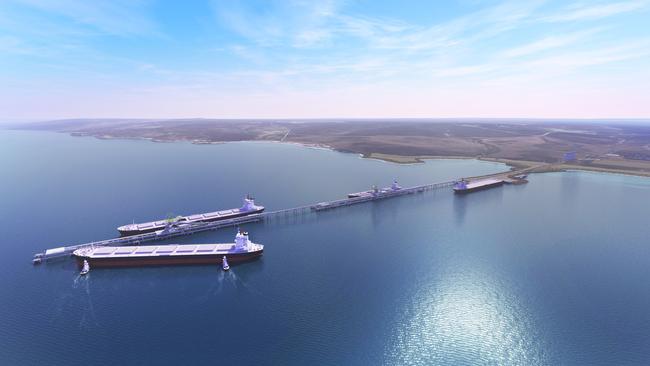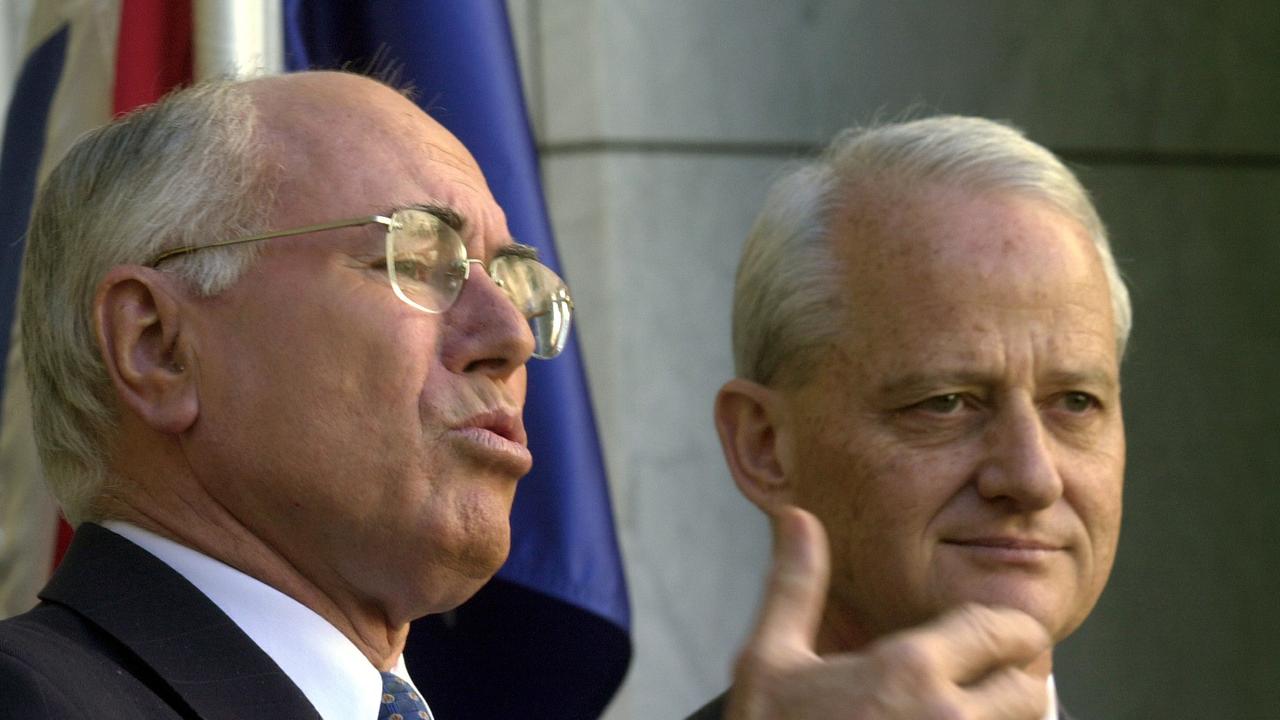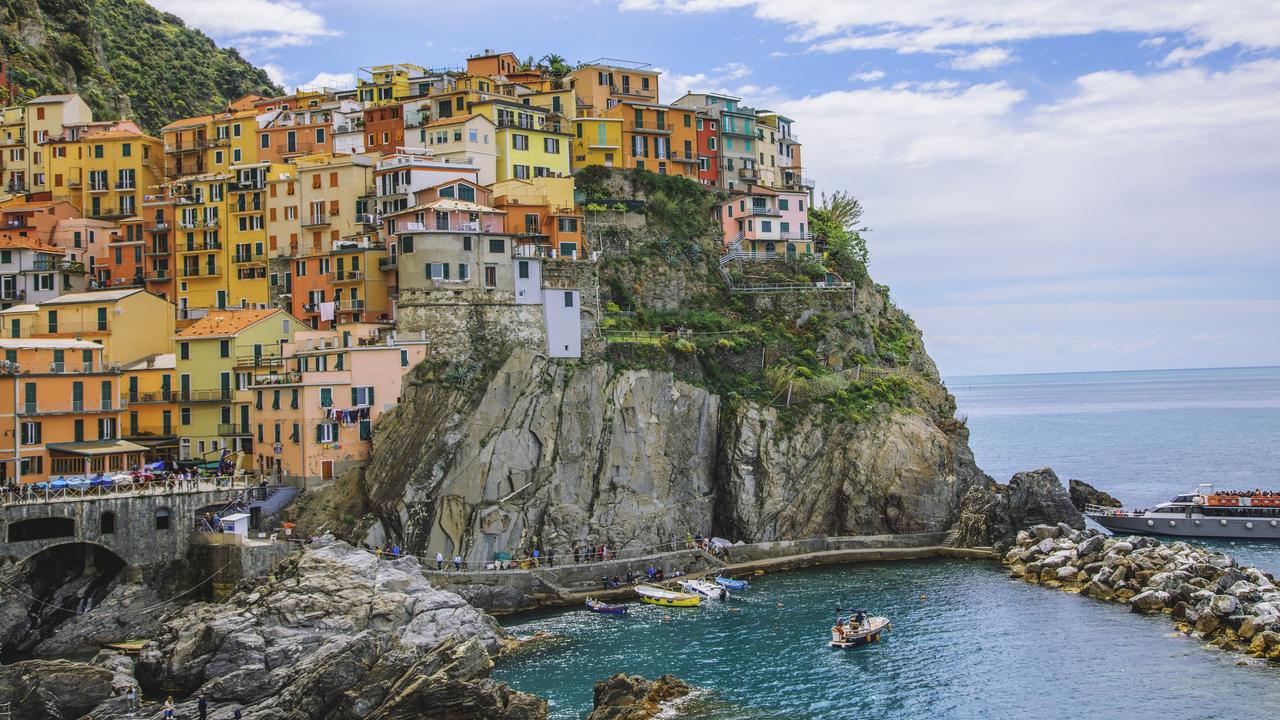Hydrogen set to flow in ‘green hub’ plan
SA’s ambitious plan to become a “green hydrogen” hub takes another step forward.

Hydrogen produced using renewable energy will start to flow into 700 Adelaide homes within weeks, as South Australia’s ambitious plan to become a “green hydrogen” hub takes another step forward.
In an Australian first, Australian Gas Infrastructure Group’s (AGIG) Hydrogen Park South Australia (HyP SA) will begin adding a 5 per cent hydrogen blend into the gas supply of suburban Mitchell Park homes by early December.
It will demonstrate the feasibility of delivering renewable-generated hydrogen into a domestic gas supply, while also buoying SA’s hopes of accelerating large-scale hydrogen production.
AGIG’s general manager, People and Strategy Craig de Laine says HyP SA is one of only a few projects around the world to blend hydrogen into a public distribution network. “This is a globally leading project,” he says.
With its national “first-mover” status on sector incentives and support, SA has led the framework for Australian green hydrogen production while keeping its eye on the multi-billion dollar export market and the thousands of jobs it could create.
After a decade and a half of steady growth in renewable energy, the state is generating strong solar and wind loads totalling more than 50 per cent of its demand.
On October 11, solar supplied 99.6 per cent of its energy demand for a half-hour period during the day. Four days later wind energy provided almost 100 per cent of demand at another time.
With solar supply still being added — homes and businesses are adding 300mW of capacity a year — the state needs a way to use, store or transport that power.
Enter hydrogen. Renewable electricity can be used to power electrolysers to split water (H2O) into hydrogen and oxygen, both of which have potential industrial uses.
SA Department for Energy and Mining director Richard Day says a 2019 Hydrogen Action Plan together with more than $15m in grants and $25m in loans awarded to assist the development of three separate megawatt-scale hydrogen projects has helped spur the sector’s development.
“Here’s something that plays to the state’s competitive advantages: it can generate economic growth and help decarbonise our own and other economies,” Day says.
“We can help decarbonise power generation in Japan or steel production in South Korea, or fuel-cell mobility in those countries as well.”
He says another key benefit is the ability of electrolysers — the technology that transforms the water into hydrogen — to provide a flexible load so it can work with other renewable sources to stabilise the network.
‘The South Australian government has shown tremendous leadership on renewable electricity. It has shown similar leadership when it comes to hydrogen’
The $11.4m HyP SA was partially funded by a $4.9m grant from the SA government.
De Laine says government support is currently needed to bring hydrogen down the cost curve.
“This is deployed elsewhere in the world at the moment, but not at scale, and that’s the key issue that we’ve got,” he says.
“Where the renewable energy industry — wind and solar — was about 10 years ago, fairly high up the cost curve, there was supportive government policy to help us move down that cost curve really quickly.
“Now renewable energy compares favourably with traditional forms of making electricity.
“The South Australian government has shown tremendous leadership on renewable electricity. It has shown similar leadership when it comes to hydrogen.”
The company has also signed a deal with BOC for hydrogen tube trailer refilling infrastructure, which will allow semi-trailers with hydrogen tanks to be transported. This is with a view to supplying industrial customers in Whyalla and Adelaide with hydrogen output from HyP SA. The hydrogen transported to Whyalla will be used to make high purity argon, used in industrial processes and welding gases across the city’s steelworks.

Another project in development is independent power producer Neoen Australia’s study on the technical and economic feasibility of hydrogen production at its Crystal Brook Energy Park.
A Neoen spokesman says the proposed 50mW Hydrogen Superhub would be the largest co-located wind, solar, battery, and hydrogen production facility in the world, with the potential to produce more than 7000 tonnes of hydrogen a year.
“Neoen has completed an initial feasibility study, which explored whether renewable hydrogen could be produced at a competitive price and to establish the demand for offtake,” he says.
“Further assessments and discussions with potential offtake customers are ongoing — with the aim of the project ultimately to demonstrate the viability of producing clean hydrogen at an export scale from South Australia’s outstanding renewable resources.”
He says project construction could commence in 2021.
The third in development is H2U’s water electrolysis and distributed ammonia production on the Eyre Peninsula.
But the end game is for the domestic market to build capacity for the export of hydrogen, as liquefied hydrogen, in ammonia or methylcyclohexane.
The Hydrogen Action Plan and a $1m study have identified sites for potential clean hydrogen production and export infrastructure.
The study underpinned an online modelling tool and an investor prospectus to support the establishment of clean hydrogen export supply chains between SA and demand centres in Asia.
The tool and prospectus were launched on October 29 and are publicly accessible by visiting hydrogen.sa.gov.au



